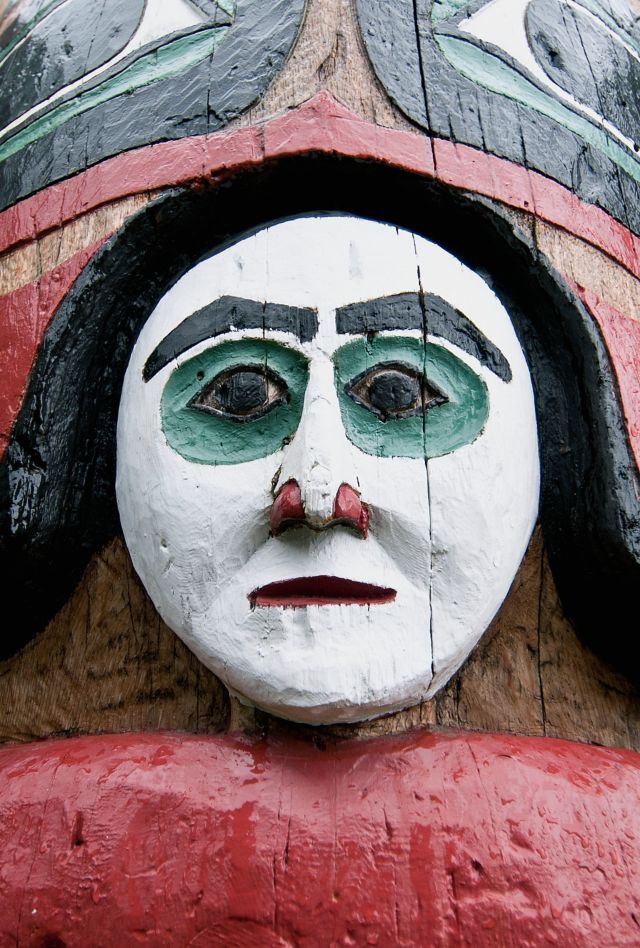
Native American Performing Arts Take Center Stage in First Peoples Fund Research
This article is from our NORC Now newsletter. Subscribe today.
March 2022
How does the Western art world begin to make space for Native American theater, music, and dance when the two cultures have different understandings of art? Many Native people engaging in these creative forms do not consider themselves “artists,” but rather creators, culture bearers, or storytellers. They describe their works as intrinsically tied to community and ancestry, not the individual pursuits of geniuses. They see the categorization of art as “traditional” or “contemporary” as stifling.
To inform performing arts funders and institutions about the needs and challenges of Native artists, NORC researchers partnered with First Peoples Fund, a nonprofit organization that strengthens Native communities through arts and culture. With support from the Doris Duke Charitable Foundation, the research team conducted in-depth interviews with 46 performance-based creators and experts across the country. Interviewees described their reasons for creating, the challenges they experience in making and sharing their work, and the resources and systemic changes they want to see. While the public is encouraged to read the findings, the study especially aims to open up better funding opportunities, venues, and appreciation for Native American, Native Hawaiian, and Alaska Native creators.
This article is from our flagship newsletter, NORC Now. NORC Now keeps you informed of the full breadth of NORC’s work, the questions we help our clients answer, and the issues we help them address.




